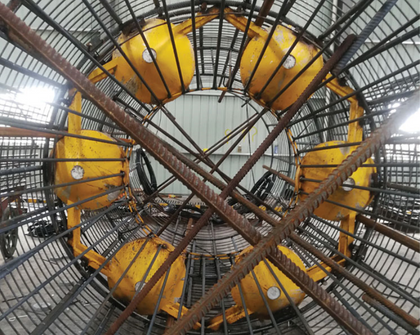Special Test
High Strain Dynamic Pile load Test :
High-Strain Dynamic Load Test is performed using Pile Driving Analyzer (PDA) together with strain sensors and accelerometers. PDA is used to verify the mobilized capacity of all types of drilled and driven piles. Testing is conducted in a quick and non-destructive manner, and is in accordance to ASTM D4945-2000. Dynamic measurements of force and velocity will be collected by the strain sensors and accelerometers attached to the pile. The PDA monitors the strain and acceleration caused by the hammer impact, and processes these signals after each hammer blow during driving or restrikes to give immediate visual. The signals are digitized by PDA, results are computed, and the data array of the signals for a blow is stored.
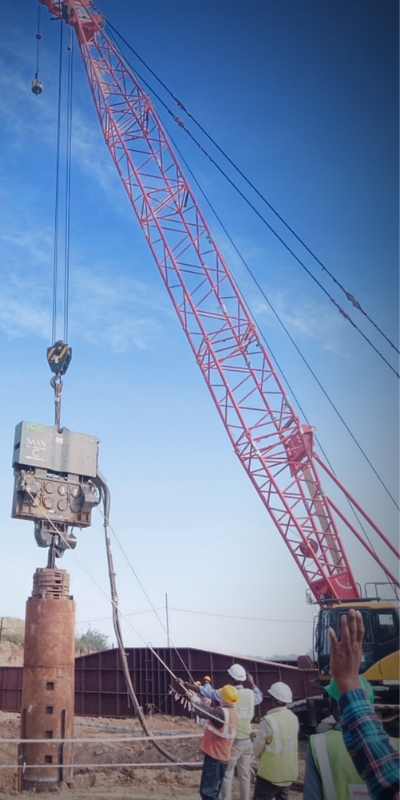
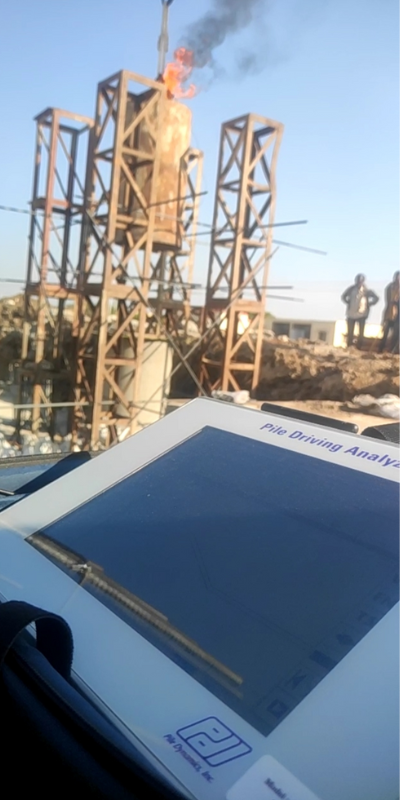

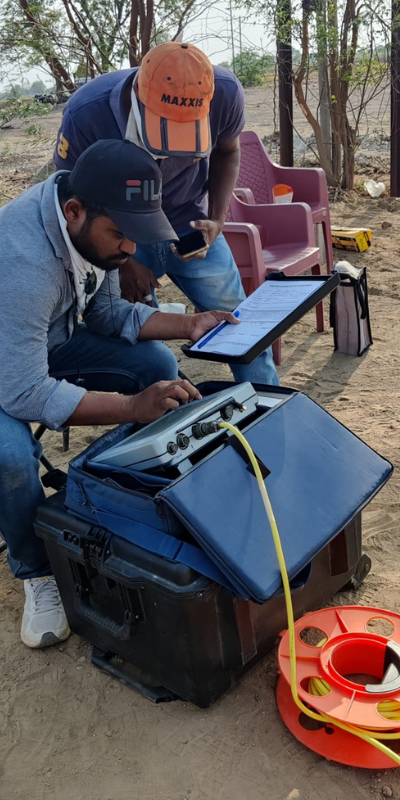
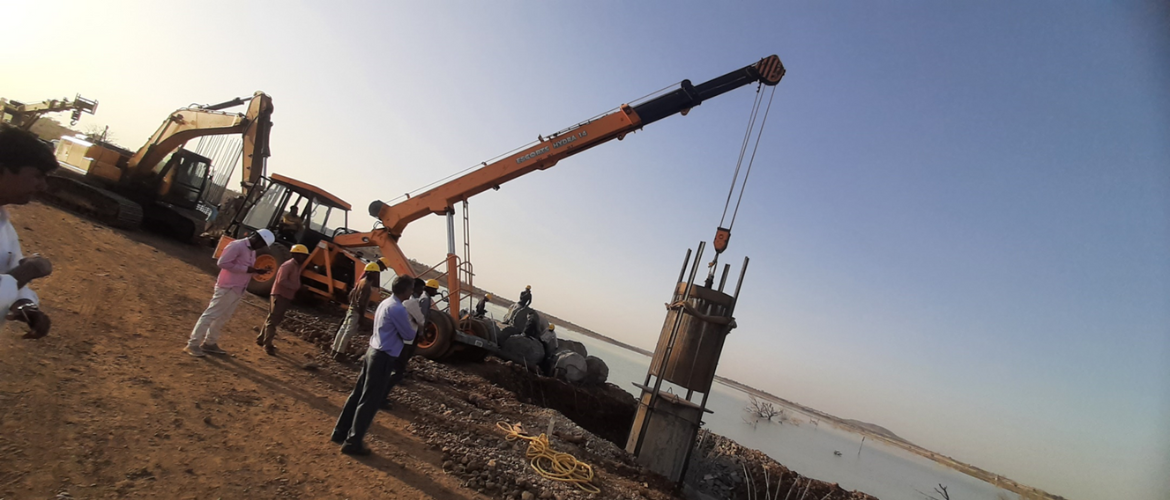
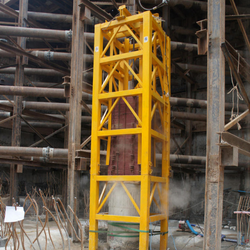
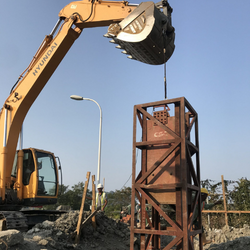
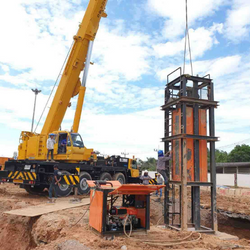
Low Strain Pile integrity Test
A low strain pile integrity test is used to detect potential defects such as major cracks, necking, soil inclusions or voids and in some situation, the method can determine unknown lengths of piles. The method does not require advanced planning or access tubes, which makes it the most affordable option when pile integrity is in question.
The name “low strain pile integrity test” stems from the fact that when a light impact is applied to a pile it produces a low strain. The impact produces a compression wave that these signals after each hammer blow during driving or restrike to give an immediate graphical visual of the loading signals for each blow.
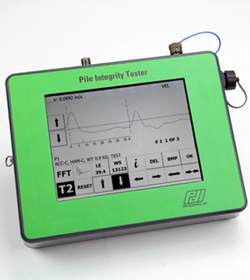
Typical results obtained on site include mobilized static load capacity, pile integrity (including the location and extent of any damage), the maximum compression/tension forces at the pile top and toe, and hammer performance.
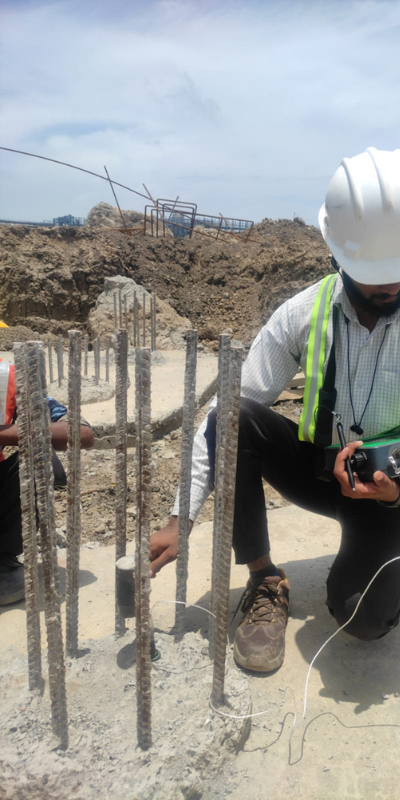
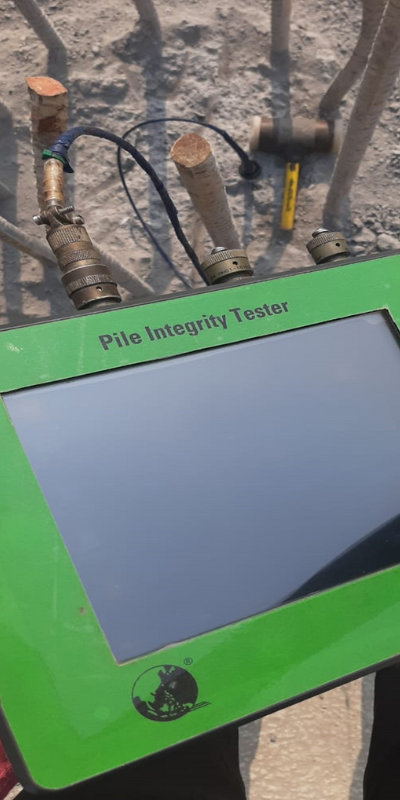
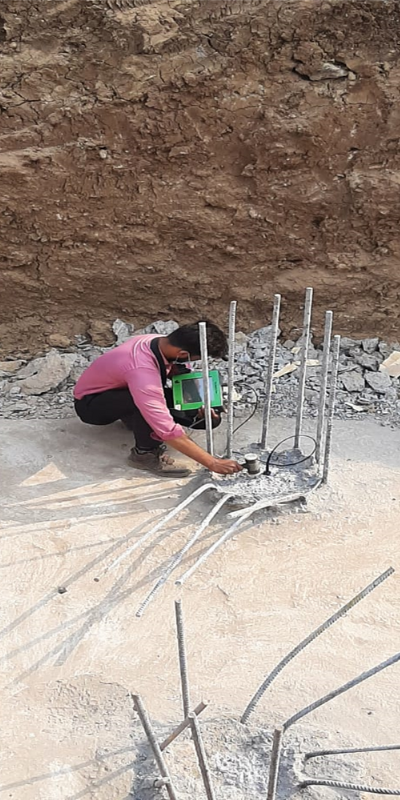
Cross Hole Sonic Logging
The method is particularly useful for large diameter pile foundations for major structures like river bridges, towers, initial piles (before load testing). It can also be used for slurry walls or wall panels.
The Cross Hole Analyzer determines the quality and consistency of concrete between pairs of steel tubes pre-installed in bored piles, wall panels, concrete foundations. The output is in the form of waterfall map along with wave speed and energy or amplitude plot. Tomography software gives a good 2-D or 3-D image to visualize defects inside the pile for future corrective action. Typically one tube is installed for every 300mm diameter of pile and for diaphragm wall panels, the configuration is decided in advance based on the size of each wall panel. PVC tubes should be avoided as they lead to debording issues. The method is obviously superior to the low strain integrity testing as it gives an image between two pairs of tubes.
Single Hole Sonic Logging
Single Hole Sonic Logging is mostly used for smaller diameter piles where using CSL testing is difficult as multiple tubes cannot be installed inside such piles. Typically SSL is used for pile diameters upto 600mm by installing a 38mm-50mm steel pipe inside the steel cage before concrete is cast. Although limited information is available due to only one tube, the method may determine major defects inside the pile and if defect is closer to the tube.
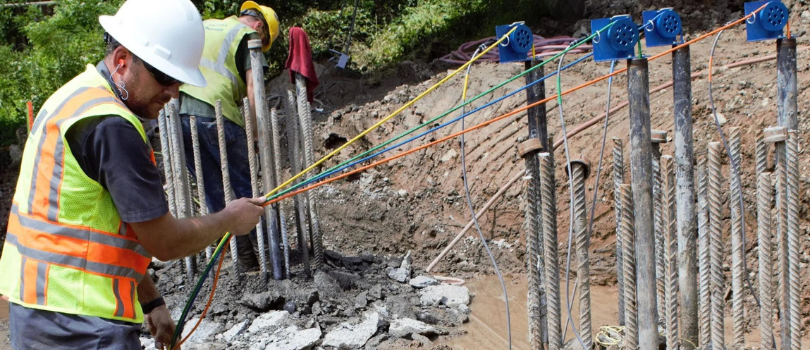
Bi-directional test
Bi-directional Static Load Test (BDSLT) is a reliable MLT option for large diameter piles that is widely used in the market. The key difference between a conventional top-loaded maintained load test and a BDSLT is the location of the jack.
In BDSLT, a sacrificial hydraulic jack is positioned at an equilibrium resistant point (determined based on the results of soil investigation). The load is applied onto the pile in two directions, that is, upward and downward. With BDSLT, the rock socket or the lower section of pile is able to be mobilised fully, which normally will not be achieved with a top-loaded test.
